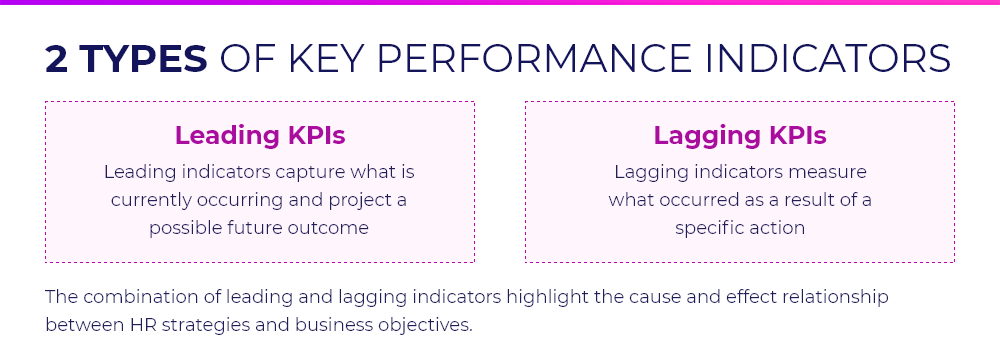Key performance indicators that measure company culture success
While tracking and analyzing company culture is vital, not all key performance indicators traditionally measured are important.
We’ve all heard the management mantra “what gets measured gets managed,” which is most often mistakenly attributed to management guru Peter Drucker. It is the driving force behind the widespread adoption of objective metrics—Key Performance Indicators (KPIs)—to measure the success of business initiatives or employee performance. They are the numbers (quantitative values) that tell us if we are reaching our targets or goals. However, this saying has is detractors, who argue that: “Not everything that can be counted counts; not everything that counts can be counted,” another frequently misattributed quote, in this case with credit going to Einstein.
The truth is that both these quotes are just as right as they are wrong. The answer lies somewhere in the middle.
Organizational culture is probably one of the best areas of a company to test these two sayings. In part, it is because culture is still often viewed as a subjective—or soft—aspect of business success. As such, not everyone assigns a quantitative value to their culture.
Putting a number to culture
When people are asked what they’re looking for in a new employer, most prospective employees will say “a great company culture.” In fact, in a Deloitte study, 94% of executives and 88% of employees believe a distinct workplace culture is important to business success. Employee recognition, investment in training, career advancement opportunities, and flexible work schedule policies are just some of the HR initiatives that define an organization’s culture.

Understanding whether or not these policies or initiatives are actually working to sustain a company culture that is strong and influential enough to keep your employee turnover rate low is vital. That’s where key performance indicators come in. They are a way to measure an employee’s happiness and productivity level, undoubtedly two KPI metrics that can be quantified and are important.
Measure what’s important so you manage what’s important
So, while tracking and analyzing company culture is vital, not everything that organizations traditionally measure necessarily matters. With the demands on managers and leadership teams, it is critical that your KPIs represent what really matters to your employees and are tied to your business objectives.
There is a long list of KPI metrics that are touted as a window into the “soul” of your organizational culture. KPI examples that can tell you if your culture initiatives are working include absenteeism, job referral percentage, and turnover rate of your top performers. Moreover, digital organizational culture platforms like StarMeUp are useful for measuring this type of data, and extracting valuable insights about employee retention, employees who give and receive the most recognition, the values most used by the members of your organization to recognize others, and much more.

Let’s apply these two types of KPI indicators to employee engagement, one of the most effective measures of a strong organizational culture and happy workplace. For example, according to Gallup, highly engaged workplaces see a 10% increase in customer ratings and a 20% increase in sales.
To measure employee engagement, lagging KPIs will indicate whether employees feel engaged or disengaged. KPI examples widely used to measure employee engagement include absenteeism, turnover, and the results from employee engagement surveys.

The greatest strength of lagging indicators like these is that they will help you identify trends that you need to reverse to sustain a strong organizational culture. The catch is that these indicators (unless the numbers look really good) focus on the failures, rather than the success.
On the other hand, leading indicators reflect a proactive (rather than reactive) mindset.

The combination of these two types of indicators will give HR a roadmap that will help ensure its initiatives are aligned with what matters to employees and keep them on track.
Key performance indicator must-dos
In today’s organizations, we need KPI metrics to be able to track our progress as we move forward to attain our business goals. But that doesn’t mean that we should measure everything that can be measured.

By defining performance indicators, we can see if we have reached our targets and objectives. If we haven’t, then we can take action and manage them.
Using KPIs can help you understand if your organization’s culture is where you want it to be. Because culture plays a huge part in the overall success of an organization, defining the right KPI metrics to track is critical. Knowing which performance indicators to track is where it’s important to take into account the second quote: HR leaders need to define KPIs that matter!
From an HR perspective, the vital question to ask when defining which performance indicators you are going to track and measure is: will it tell me whether I can expect a better outcome as the needle moves in the correct direction?
This article is part one of a three-part series about HR KPIs that will move the needle. Stay tuned for the next one: HR Metrics that Really Matter: Not every metric is a KPI, but every KPI is a metric.